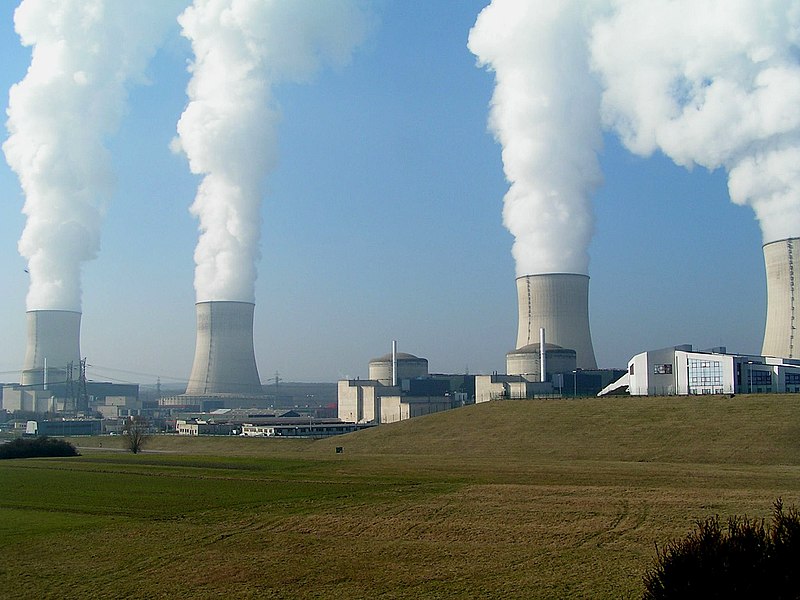Facts for Kids
Nuclear power is the use of nuclear reactions to produce electricity.
Overview
Nuclear Power Plants
How Nuclear Power Works
Types Of Nuclear Reactions
Advantages Of Nuclear Energy
Safety Measures In Nuclear Power

Inside this Article
Chernobyl Disaster
Nuclear Fission
Carbon Dioxide
California
Plutonium
Energy
Did you know?
🌟 Nuclear power comes from tiny particles called atoms, which are the building blocks of everything around us.
💥 The process of splitting atoms to create energy is called nuclear fission.
🌍 The first nuclear power plant opened in the United States in 1954.
🚂 In nuclear reactors, heat generated by fission is used to create steam that powers turbines.
🏭 There are around 93 nuclear reactors in the U.S. spread across 28 states.
🌊 Safety in nuclear power plants is ensured with thick walls and strict protocols.
⚠️ Workers in nuclear power plants are trained to follow rules to keep everyone safe.
💡 One pellet of uranium can produce as much energy as a ton of coal!
🌈 There are two main types of nuclear reactions: fission and fusion.
🌞 Fusion is what powers the sun, making it shine so brightly!
Introduction
Atoms are the building blocks of everything around us, like you, trees, and the air we breathe! When atoms release energy through a process called nuclear fission, they create a lot of heat. This heat can be used to boil water and produce steam, which then turns turbines to generate electricity! 🌍
Did you know that the first nuclear power plant opened in the United States in 1954? It was called the Shippingport Atomic Power Station, located in Pennsylvania!
Nuclear Power Plants
The U.S. has around 93 nuclear reactors across 28 states! Some states with notable plants include Illinois, California, and Texas. Inside these plants, the nuclear reactors control the fission process, using water to absorb the heat and create steam. 🌊
The steam then powers turbines that produce electricity. Nuclear power plants are designed to be very safe, with multiple layers of protection, which is crucial to ensure the safety of the people and the environment around them!
How Nuclear Power Works
When an atom is split, it releases lots of energy in the form of heat. This process is called "fission," and scientists use it carefully to generate electricity. In a nuclear reactor, control rods made of materials like boron help manage how fast the fission happens. When the fission occurs, it heats water to create steam. 🚂
This steam spins a turbine connected to a generator, producing electricity! It's like a giant kettle that also helps turn lights on in our homes!
Types Of Nuclear Reactions
Fission is when a large atom splits into smaller atoms, releasing energy. This is the process used in nuclear power plants. On the other hand, fusion takes place when smaller atoms combine to form a larger atom. 🌞
Fusion is what powers the sun, making it shine so brightly! Scientists are researching how to make fusion a safe way to generate energy on Earth because it produces less waste and risks than fission. Both processes show the amazing power of atoms!
Advantages Of Nuclear Energy
First, it produces a lot of energy from a small amount of fuel. For example, one pellet of uranium can produce as much energy as a ton of coal! More importantly, nuclear power does not release greenhouse gases like carbon dioxide, which helps fight climate change.
Safety Measures In Nuclear Power
️ Nuclear power plants have many safety measures in place. They have thick steel and concrete walls to prevent radiation from escaping. 🛡
️ Workers are trained to follow strict rules and protocols to keep everyone safe. They also use special equipment to monitor radiation levels. If there’s ever an emergency, plants have detailed plans to ensure everyone can evacuate safely. One famous event was the 1986 Chernobyl disaster in Ukraine, which taught us important lessons about safety and how to improve nuclear energy practices around the world!

